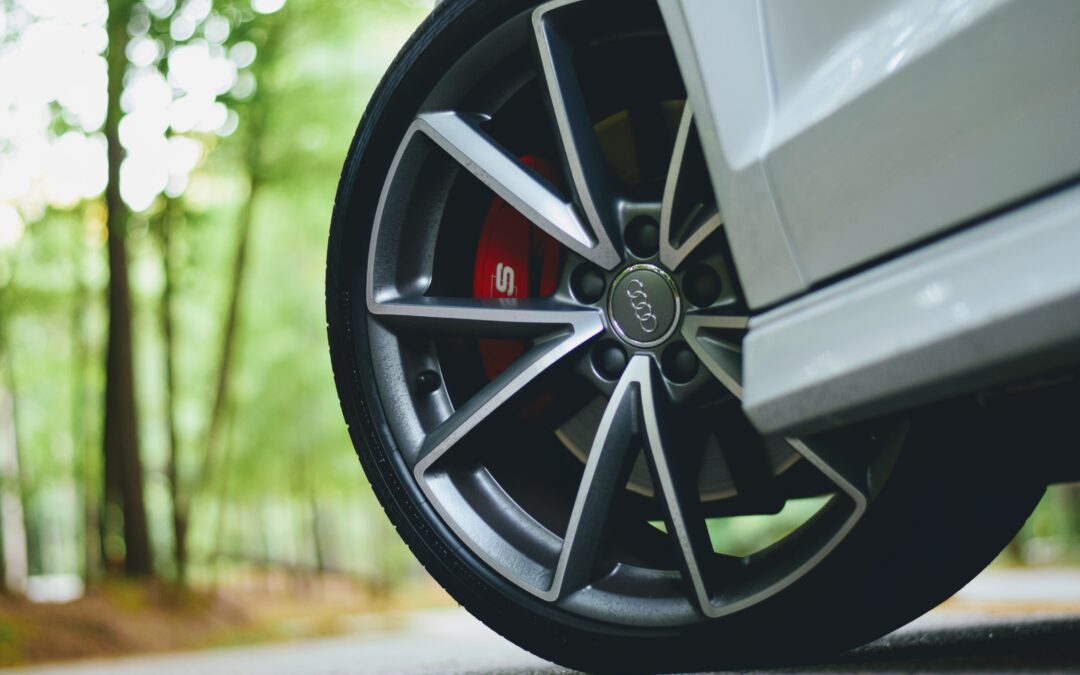
by Kevin Lewis | Dec 19, 2023 | Cars
Treasure Amidst the Trash
We’ve all heard the proverb that one man’s trash is another man’s treasure. This saying holds true in the scenario of salvaged vehicles, especially in auto auctions California. These once forsaken vehicles, damaged due to accidents or natural calamities, are often the hidden gems among a sea of shiny new rides.
The Salvage Scene
California, known for its vibrant culture and bustling cities, holds a less known but equally buzzing salvaged vehicle auction scene. Here, automobiles with a salvage title – indicating they’ve been damaged or deemed a total loss by an insurance company – are auctioned off. These vehicles can range from damaged but repairable cars to those only good for parts. Yet, they offer an enticing opportunity for buyers looking for a bargain or a unique restoration project.
Breathing New Life
The journey of a salvaged vehicle doesn’t end at the auction. In fact, it’s just the beginning. Once purchased, these vehicles undergo a remarkable transformation process. They are meticulously repaired, restored, and sometimes even customized, depending on the buyer’s vision or requirements. And while this process requires a significant investment of time, effort, and money, the end result is often astounding: a once damaged and discarded vehicle, now shining and roadworthy.
A Test of Patience and Skill
Restoring a salvaged vehicle is no easy task. It requires a keen eye for detail, a deep understanding of automobile mechanics, and a considerable investment. However, the satisfaction of reviving a wrecked vehicle and giving it a second chance on the road is a reward in itself. Additionally, a well-restored vehicle can fetch a higher resale value, making it a potentially profitable venture.
Navigating the Legalities
While the prospect of owning or restoring a salvaged vehicle is exciting, it’s essential to be aware of the legalities involved. In California, for a salvaged vehicle to be deemed roadworthy again, it must pass a Salvage Vehicle Inspection. This rigorous process ensures the vehicle’s safety and compliance with state regulations.
A Story of Resilience
The journey of salvaged vehicles from wrecked to revamped is truly a tale of resilience. It’s about transforming something deemed worthless into something valuable, about seeing potential where others see waste. So the next time you come across a salvaged vehicle in a California auction, remember: there’s more to it than meets the eye. It’s not just a car; it’s a testament to the power of transformation.

by Kevin Lewis | Sep 25, 2023 | Cars
The DIY Appeal
With the rise of DIY culture, many vehicle owners are tempted to take on brake repair tasks themselves. This approach can be appealing for a variety of reasons – it can save money, provide a sense of accomplishment, and allow for a deeper understanding of your vehicle’s mechanics. However, it’s essential to know your limits and understand when it’s time to enlist professional help (see brake service near me).
When DIY Makes Sense
For simple tasks like checking brake pads for wear or topping up brake fluid, a DIY approach can be practical and cost-effective, provided you have a basic understanding of vehicle mechanics. There are numerous online resources and tutorials designed to guide you through these processes. However, remember that even these seemingly simple tasks require precision and the right tools to be done correctly.
Crossing the DIY Threshold
While basic maintenance tasks can be tackled with a DIY approach, more complex tasks, like replacing brake pads, resurfacing or replacing rotors, replacing brake lines, or bleeding brakes, typically require specialized tools and expertise. These tasks involve intricate parts and systems that, if mishandled, can compromise your vehicle’s safety. Hence, these are best left to professionals.
The Professional Advantage
Professional mechanics are trained to handle complex brake repairs and have access to specialized tools and equipment. They can also diagnose and fix problems that may not be apparent to the untrained eye. Moreover, professional brake services often come with warranties, providing an extra layer of security.
Risk vs. Reward
The biggest factor to consider when deciding between DIY and professional brake repair is risk versus reward. While you might save money in the short-term with DIY repairs, improper repair can lead to more expensive fixes down the line or, worse, a brake failure that could result in an accident.
The Verdict
While the DIY versus professional brake repair debate ultimately comes down to personal preference, expertise, and comfort level, it’s always crucial to prioritize safety. If you’re ever in doubt about a brake issue or repair, it’s best to err on the side of caution and seek professional help. After all, when it comes to vehicle safety, peace of mind is worth every penny.

by Kevin Lewis | Jul 25, 2023 | Cars, Travel
Understanding Car Storage Facilities
A car storage facility, also known as auto storage, is an innovative solution designed to secure vehicles that aren’t in regular use. Depending on the facility, you might find services such as climate-controlled units, 24-hour surveillance, and even battery charging. But why would someone need such a service? Let’s delve into the reasons.
Why Use a Car Storage Facility?
Maybe you’re a car enthusiast with a collection that outgrows your garage, or you’re going on an extended trip and need a safe place for your vehicle. Perhaps you’re a military personnel stationed overseas, or you’re simply a snowbird who escapes the harsh winter months. Regardless of the reason, Perth car storage facilities offer convenience and peace of mind.
Types of Car Storage Facilities
There are three main types of car storage facilities: outdoor, covered, and indoor storage.
- Outdoor Storage: This is the most affordable option but offers the least protection. Your car will be parked in a secured outdoor lot, much like a regular parking lot.
- Covered Storage: A step up from outdoor storage, this option offers a cover over the parking area to protect your car from the elements.
- Indoor Storage: The premium option, indoor storage, gives your car the ultimate protection from weather, theft, and damage. It’s like having a personal garage away from home.
Things to Consider Before Choosing a Car Storage Facility
While choosing a car storage facility, several factors should be kept in mind.
- Security: Look for a facility with robust security measures such as CCTV cameras, coded access, and 24-hour personnel.
- Accessibility: Ensure the facility has convenient hours of operation that suit your schedule.
- Maintenance Services: Some facilities offer additional services like car washing, tire pressure checks, and battery charging.
- Cost: Consider your budget. Remember, the more services and protection a facility offers, the higher the cost.
- Location: If you’ll need frequent access to your car, choosing a facility closer to your home or workplace might make sense.
Riding into the Sunset
More than just a place to keep an extra car, a car storage facility is a comprehensive solution for vehicle care. It’s a haven for car lovers, a respite for frequent travelers, and an answer for those needing extra space. Whether it’s a vintage beauty, a luxurious SUV, or your beloved family car, a car storage facility ensures your vehicle is well-kept until you’re ready to hit the road again.





















